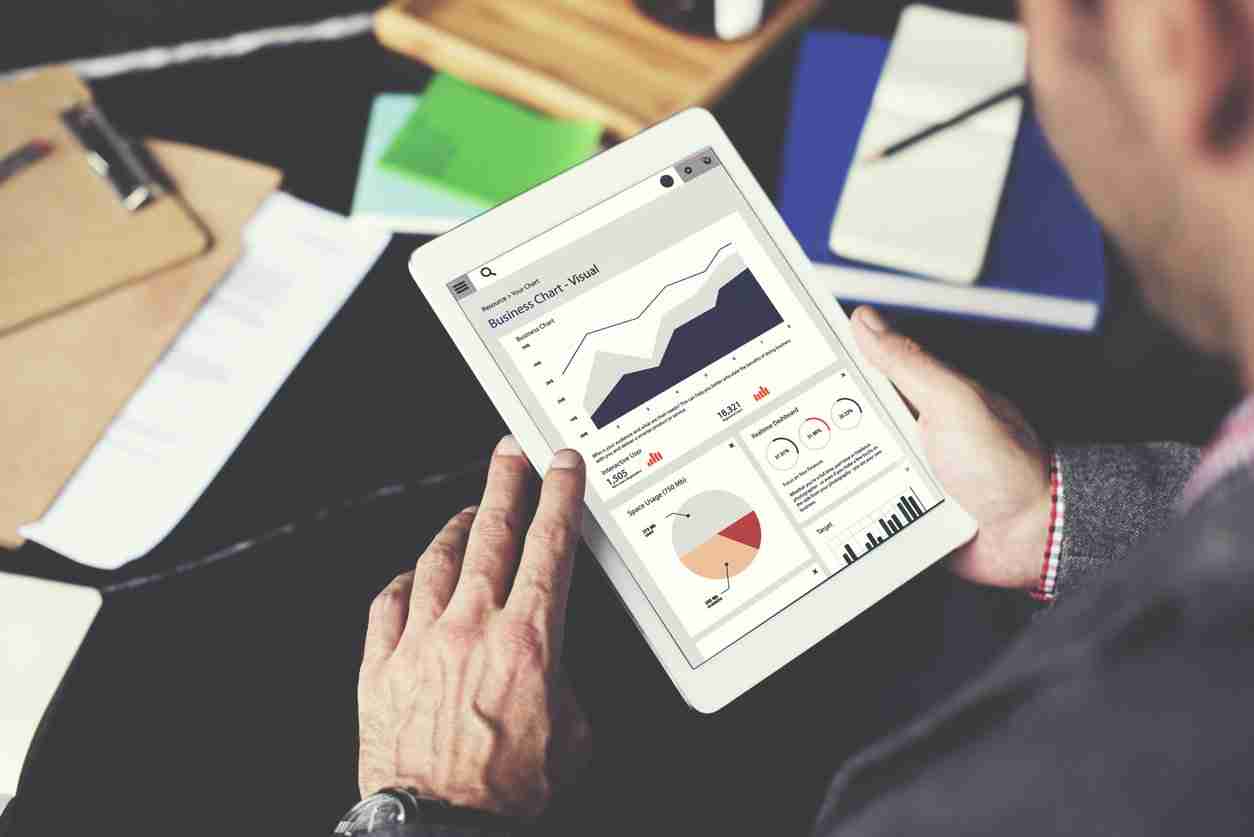What is a Conversion Rate?
What is a conversion rate?
A conversion rate describes how often people who land on your page complete a desired action. This conversion most often refers to people who make a purchase and become a paying customer, but it can also be used to describe people who complete mid-funnel conversions, such as signing up for an email list or downloading a gated piece of content.
Since online marketing revolves around understanding what customers want to see and then fulfilling their needs so that they continue to move through the buyer’s journey, the conversion rate is a good way to measure how well you meet the needs of these customers. A good conversion rate means that the people who land on your page are interested enough in what you have to offer to be converted into leads or customers. They feel the material you have produced fulfills their needs, and thus they are willing to pay for the content you offer. This payment might come in the form of actual money, or it might be in the form of their personal contact information.
Tracking conversions offers brands a solid understanding of how people respond to the content they create and how enticing they make their offerings. Conversion rates can also help brands track their ability to entice people to move through the different stages of the buyer’s journey toward conversion.
help brands track their ability to entice people to move through the different stages of the buyer’s journey toward conversion.
You want to track conversions throughout the buyer’s journey. For example, if you track the number of people who register for top-of-the-funnel conversion opportunities and then compare that to the number of people who register for mid-funnel-conversion opportunities, you will gain a better understanding of the health of your mid-funnel strategy and how well your early leads correspond with the customers that are most likely to make a purchase in the end.
Similarly, tracking the rate of mid-funnel conversions and then moving on to track purchases can help you better understand the effectiveness of your bottom-of-the-funnel processes and how well customers respond to what you offer. As you gain a better understanding of the health of these two areas, you will be able to start improving your ability to convert buyers, making it more efficient and reflecting a better understanding of what customers want to see.
It is important to remember, however, that not everyone who visits your site will end up converting. Some people do not fit into your target personas and will not likely become customers, therefore they will not likely be enticed by your material. Other people may need more time or convincing before they come back to make a purchase.
Given that you cannot expect everyone to convert on a particular landing page, brands need to understand what expectations will be reasonable for their particular landing page so that they can set effective goals. This will also allow you to gain a more complete picture when you compare your conversion rate to what would be considered a strong rate in your industry and for your type of page.
For example, someone who sells toys will see a higher rate than a site that sells real estate. Those in real estate cannot expect people to click on a particular house and immediately request an appointment or to even buy. People interested in real estate will likely do a lot of research about the particular houses, neighborhoods, mortgages, and the process of buying a house before they feel ready to convert. Someone on a toy store page, however, will be more inclined to click ‘buy’ right away if the toy fits their needs.
Understanding the conversion rates specific to your industry and your type of page will help you start to create target rates and drive your traffic.
Take those first steps toward success using the BrightEdge platform with a free, personalized demo.